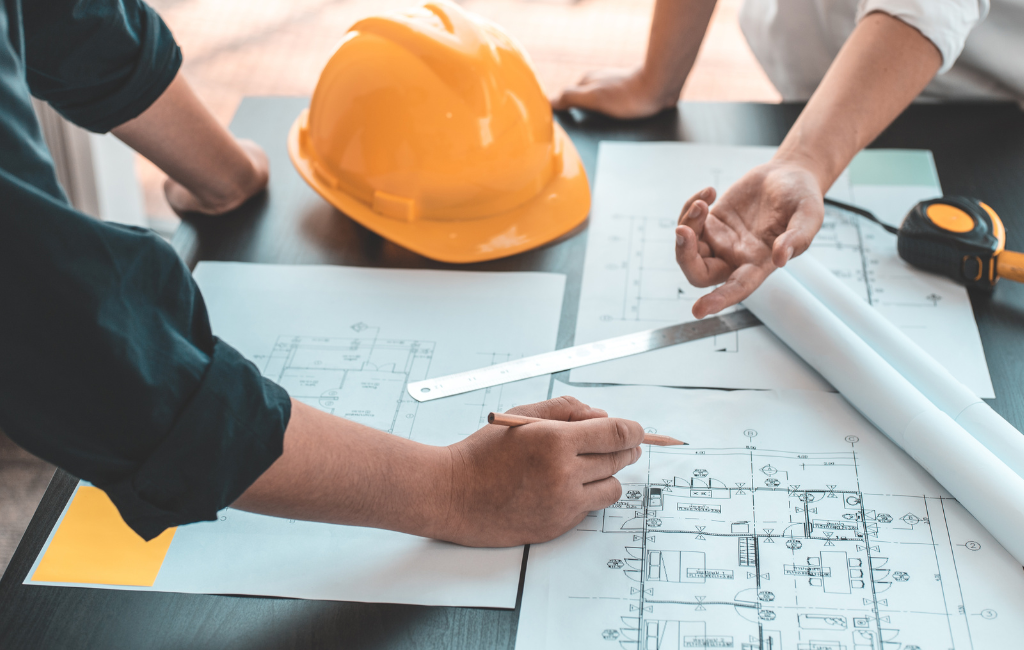Architect: Innovative Design Solutions for Modern Urban Spaces
Urban spaces are evolving rapidly, driven by technological advancements, population growth, and changing lifestyles. Architects play a pivotal role in shaping these environments, creating designs that are not only functional but also aesthetically pleasing and sustainable. This article explores innovative design solutions that architects are implementing to address the challenges of modern urban spaces.
Smart Cities: Integrating Technology and Design
Smart cities leverage technology to enhance the quality of life for their residents. Architects are at the forefront of this movement, integrating smart technologies into their designs to create more efficient and livable urban spaces.
- IoT Integration: The Internet of Things (IoT) allows for the creation of interconnected systems that can monitor and manage urban infrastructure. Examples include smart lighting, waste management, and traffic control systems.
- Green Buildings: Incorporating sustainable materials and energy-efficient systems, green buildings reduce environmental impact and promote healthier living conditions.
- Public Wi-Fi: Providing free and reliable internet access in public spaces enhances connectivity and supports the digital economy.
Mixed-Use Developments: Blending Residential, Commercial, and Recreational Spaces
Mixed-use developments combine residential, commercial, and recreational spaces within a single area, fostering a sense of community and reducing the need for long commutes.
- Live-Work-Play Environments: These developments offer a blend of housing, office spaces, and entertainment options, creating vibrant neighborhoods where people can live, work, and relax.
- Transit-Oriented Development (TOD): By focusing on areas near public transportation hubs, TOD projects encourage the use of public transit and reduce reliance on cars.
- Adaptive Reuse: Repurposing old buildings for new uses preserves historical architecture and reduces the environmental impact of new construction.
Green Spaces: Enhancing Urban Livability
Green spaces are essential for improving the quality of life in urban areas. They provide recreational opportunities, improve air quality, and support biodiversity.
- Urban Parks: Parks offer residents a place to relax, exercise, and connect with nature. Examples include Central Park in New York City and Hyde Park in London.
- Green Roofs and Walls: These features help to insulate buildings, reduce energy consumption, and mitigate the urban heat island effect.
- Community Gardens: These spaces promote local food production and provide educational opportunities for residents.
Case Studies: Innovative Urban Design Projects
Several cities around the world have implemented innovative design solutions to address urban challenges. Here are a few notable examples:
- Songdo International Business District, South Korea: This smart city integrates advanced technology and sustainable design to create a highly efficient urban environment. Features include a central park, extensive bike paths, and a pneumatic waste collection system.
- High Line, New York City: This elevated park, built on a disused railway line, has transformed a neglected area into a vibrant public space. It features walking paths, gardens, and art installations.
- Masdar City, United Arab Emirates: Designed to be one of the most sustainable cities in the world, Masdar City incorporates renewable energy, energy-efficient buildings, and a car-free city center.
Challenges and Opportunities in Urban Design
While innovative design solutions offer numerous benefits, they also present challenges. Architects must balance the needs of diverse populations, address environmental concerns, and work within budget constraints.
- Affordability: Ensuring that new developments are accessible to people of all income levels is a significant challenge. Affordable housing initiatives and inclusive design practices are essential.
- Environmental Impact: Sustainable design practices are crucial for minimizing the environmental footprint of urban development. This includes using eco-friendly materials and incorporating renewable energy sources.
- Community Engagement: Involving residents in the planning process helps to create spaces that meet their needs and foster a sense of ownership and pride.
The Future of Urban Design
The future of urban design lies in creating adaptable, resilient, and inclusive spaces. Architects will continue to explore new materials, technologies, and design approaches to meet the evolving needs of urban populations.
- Resilient Design: Designing buildings and infrastructure that can withstand natural disasters and climate change is becoming increasingly important.
- Modular Construction: Prefabricated and modular construction methods offer flexibility and efficiency, allowing for faster and more cost-effective building processes.
- Biophilic Design: Incorporating natural elements into urban environments promotes well-being and enhances the connection between people and nature.
Conclusion
Architects are playing a transformative role in shaping modern urban spaces. By embracing innovative design solutions, they are creating environments that are sustainable, functional, and aesthetically pleasing. As cities continue to grow and evolve, the importance of thoughtful and forward-thinking urban design cannot be overstated. The examples and case studies highlighted in this article demonstrate the potential for architecture to improve the quality of life for urban residents and create more livable and resilient cities.
